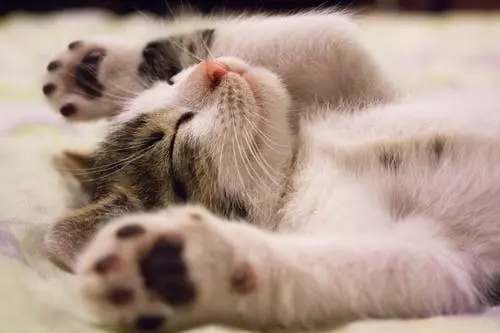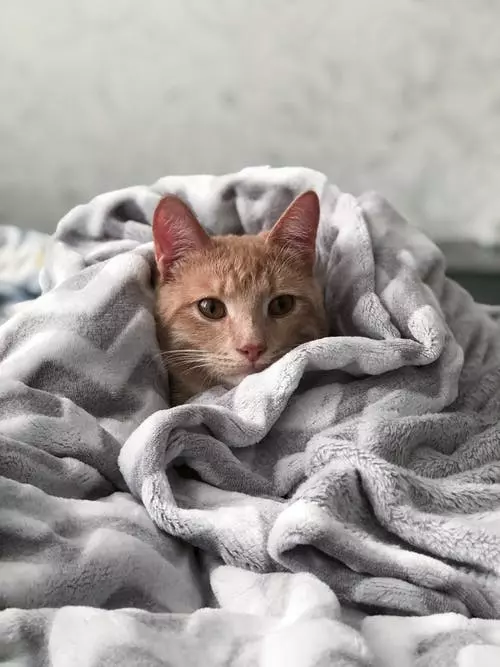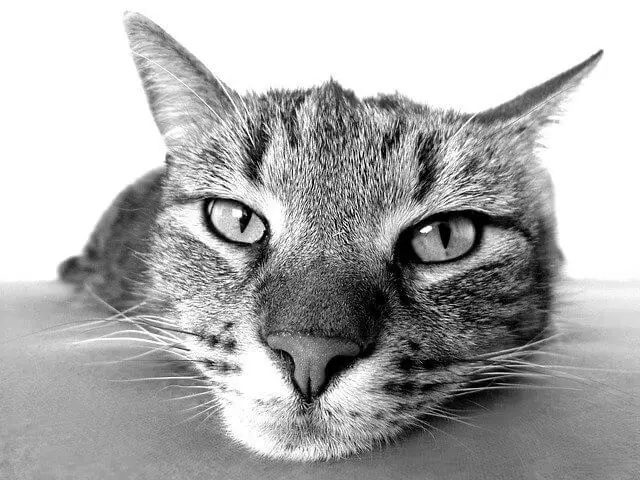Preventing and Managing Heartworm Disease in Cats: A Comprehensive Guide
Introduction:
Understanding the Risks and Importance of Heartworm Prevention for Cats
Heartworm disease is a serious and potentially fatal condition that affects both dogs and cats. While it is more commonly associated with dogs, cats are also susceptible to this condition. In this comprehensive guide, we will delve into the various aspects of heartworm disease in cats, including its basics, how it affects cats, and the common symptoms to watch out for. We will also discuss the importance of heartworm prevention for cats and the steps you can take to protect your feline friend.
Heading 1: What is Heartworm Disease in Cats?
Sub-heading 1.1: The Basics of Heartworm Disease
Heartworm disease is caused by a parasitic worm called Dirofilaria immitis. These worms primarily affect the cardiovascular system of infected animals. In cats, heartworms usually mature into adults and live in the pulmonary arteries and, in rare cases, in the heart itself.
Sub-heading 1.2: How Heartworm Disease Affects Cats
Unlike in dogs, heartworm disease in cats is often more challenging to diagnose. Cats are considered atypical hosts for heartworms, and the disease may present differently in them. The immature worms may cause respiratory symptoms, while the adult worms can lead to severe lung disease, heart failure, and even death.
Sub-heading 1.3: Common Symptoms of Heartworm Disease in Cats
Some of the common symptoms of heartworm disease in cats include coughing, difficulty breathing, rapid or labored breathing, weight loss, vomiting, and lethargy. However, it is essential to note that cats may exhibit subtle or no symptoms at all, making it difficult to detect the disease without proper testing.
Heading 2: Prevention is Key: Protecting Your Feline Friend
Sub-heading 2.1: Importance of Heartworm Prevention for Cats
Prevention is crucial when it comes to heartworm disease in cats. Due to the challenges in diagnosing and treating the disease, prevention becomes the most effective approach. By protecting your cat from heartworms, you can significantly reduce the risk of your feline friend developing this potentially life-threatening condition.
Sub-heading 2.2: Steps to Prevent Heartworm Disease in Cats
– Regular Veterinary Check-ups: Schedule regular veterinary check-ups for your cat, including heartworm testing, to ensure early detection and timely preventive measures.
– Administering Preventive Medications: Consult your veterinarian to determine the most suitable heartworm preventive medication for your cat. Administer it regularly and as directed.
– Reducing Exposure to Mosquitoes: Mosquitoes are carriers of heartworm larvae. Minimize your cat’s exposure to mosquitoes by keeping them indoors during mosquito season and using mosquito repellents designed for cats.
Heading 3: Diagnosing Heartworm Disease in Cats
Sub-heading 3.1: The Challenges in Diagnosing Heartworm Disease in Cats
Diagnosing heartworm disease in cats can be challenging due to the low number of worms present and the atypical presentation of the disease. Cats may have few or no circulating microfilariae, which are commonly used to diagnose heartworm infection in dogs.
Sub-heading 3.2: Diagnostic Tests for Heartworm Disease in Cats
– Antigen Testing: Antigen tests are commonly used to detect heartworm infection in cats. These tests detect a specific protein produced by female heartworms.
– Imaging Techniques: Imaging techniques such as X-rays or ultrasounds may be used to visualize the heart and lungs for signs of heartworm disease.
Heading 4: Treatment Options for Heartworm Disease in Cats
Sub-heading 4.1: Treating Heartworm Disease in Cats
Treating heartworm disease in cats can be challenging, and there is no specific approved treatment for the condition in cats. Supportive care, including medications to manage symptoms, may be recommended. However, the focus is primarily on preventing further infection and managing the disease’s complications.
Sub-heading 4.2: Surgical Intervention for Severe Cases
In severe cases, surgical intervention may be necessary to remove adult heartworms. However, this is a risky procedure, and it may not always be feasible.
Sub-heading 4.3: Aftercare and Monitoring
After treatment or surgical intervention, close monitoring of your cat is crucial. Regular check-ups and follow-up tests may be necessary to ensure that the infection has been successfully managed.
Frequently Asked Questions (FAQs):
Q1: Can indoor cats get heartworm disease?
A1: Yes, even indoor cats can get heartworm disease as mosquitoes can find their way indoors.
Q2: How often should I administer preventive medications to my cat?
A2: The frequency of administering preventive medications depends on the specific product. Consult your veterinarian for the recommended dosage and schedule.
Q3: Are heartworm preventives safe for all cats?
A3: Heartworm preventives are generally safe for cats. However, some cats may have adverse reactions. Consult your veterinarian to determine the most suitable preventive medication for your cat.
Q4: What are the common signs of heartworm disease in cats?
A4: Common signs of heartworm disease in cats include coughing, difficulty breathing, rapid or labored breathing, weight loss, vomiting, and lethargy.
Q5: Can heartworm disease be transmitted from cats to humans?
A5: No, heartworm disease cannot be transmitted directly from cats to humans. It primarily affects dogs and cats.
Q6: Can heartworm disease be fatal in cats?
A6: Yes, heartworm disease can be fatal in cats, especially if left untreated or in severe cases.
Conclusion:
Taking Responsibility for Your Cat’s Heart Health
Preventing and managing heartworm disease in cats requires proactive measures. By understanding the risks and importance of heartworm prevention, you can take the necessary steps to protect your feline friend. Regular veterinary check-ups, administering preventive medications, and reducing exposure to mosquitoes are vital in preventing heartworm disease in cats. If your cat is diagnosed with heartworm disease, consult your veterinarian for the appropriate treatment options and follow-up care. Remember, the guidance of a veterinarian is crucial for tailored advice based on your cat’s specific needs.








